This unique combination of technology and artistry has brought about a revolution in the world of aerial imaging. Let’s delve deeper into this fascinating realm and explore the key features, advantages, and takeaways of drone photography.
The Rise of Drone Photography
Drone photography has gained immense popularity due to its ability to capture awe-inspiring images from breathtaking angles and previously inaccessible locations. These unmanned aerial vehicles (UAVs) have revolutionized the way photographers capture moments by providing a fresh perspective and presenting a bird’s eye view of the subject matter.
Key features of drone photography:
- Remote-controlled flying cameras
- High-resolution image and video capabilities
- Stabilization systems for smooth footage
- Real-time video streaming
- GPS navigation for precise flying
Advantages of drone photography:
- Unmatched Creativity: Drones offer photographers unparalleled creative freedom, allowing them to explore new vantage points and compositions.
- Efficiency and Cost-effectiveness: Drones enable photographers to capture stunning aerial shots without the need for traditional, expensive equipment or the hassle of hiring helicopters or planes.
- Increased Safety: Drone photography minimizes the risks associated with aerial photography, replacing human presence in hazardous environments and ensuring the safety of both photographers and subjects.
Key takeaways:
- Drone photography provides photographers with a unique perspective and endless creative possibilities.
- Utilizing drones for aerial imaging is a cost-effective and efficient alternative to traditional methods.
- Safety is significantly enhanced when using drones for aerial photography.
The Impact on Artistic Expression
The advent of drone photography has had a profound impact on artistic expression. It has brought a breath of fresh air to the field, enabling photographers to push the boundaries of their creativity and capture images that were once unimaginable.
With drones, photographers can now capture stunning landscapes, cityscapes, and even wildlife in their natural habitats from above. This new perspective adds depth, drama, and a sense of awe to the art form.
Key features of the impact on artistic expression:
- Unique Compositions: Aerial shots captured by drones allow photographers to experiment with composition and create striking, one-of-a-kind images.
- Emotional Impact: Drone photography has the power to evoke strong emotions in viewers, making them feel connected to the subject matter in a profound way.
- Exploring New Genres: Artists are venturing into new genres of photography, such as aerial abstracts and topographical studies, thanks to the versatility of drone technology.
Key takeaways:
- Drone photography opens up new possibilities for creating unique and captivating compositions.
- Aerial imagery has the ability to evoke powerful emotions in viewers.
- Artists are exploring new genres and pushing the boundaries of photography with drone technology.
The Future of Drone Photography
The future of drone photography looks incredibly promising. As technology advances, we can expect even greater innovation in this field. Here are a few exciting trends and predictions:
Industry statistics:
- The global market for drones in photography is projected to reach $9.96 billion by 2025, growing at a CAGR of 15%. (Source: Grand View Research)
- In the real estate sector, listings incorporating aerial imagery captured by drones sell 68% faster than those without. (Source: MLS)
- The market for professional drones in the photography and videography industry is estimated to grow by 18% between 2021 and 202 (Source: Research and Markets)
With advancements in technology, we can expect:
- Improved image quality with higher-resolution sensors and more sophisticated image stabilization.
- Enhanced flight capabilities, such as increased maneuverability and longer battery life.
- Incorporation of artificial intelligence for autonomous flight and intelligent obstacle avoidance.
In conclusion, the fusion of technology and art in drone photography has brought about a paradigm shift in the way we capture and experience images. The ability of drones to provide a fresh perspective, combined with their creative and cost-effective advantages, has revolutionized the field of aerial imaging. As we look towards the future, the potential for further innovation in drone technology holds incredible promise for this rapidly evolving art form.
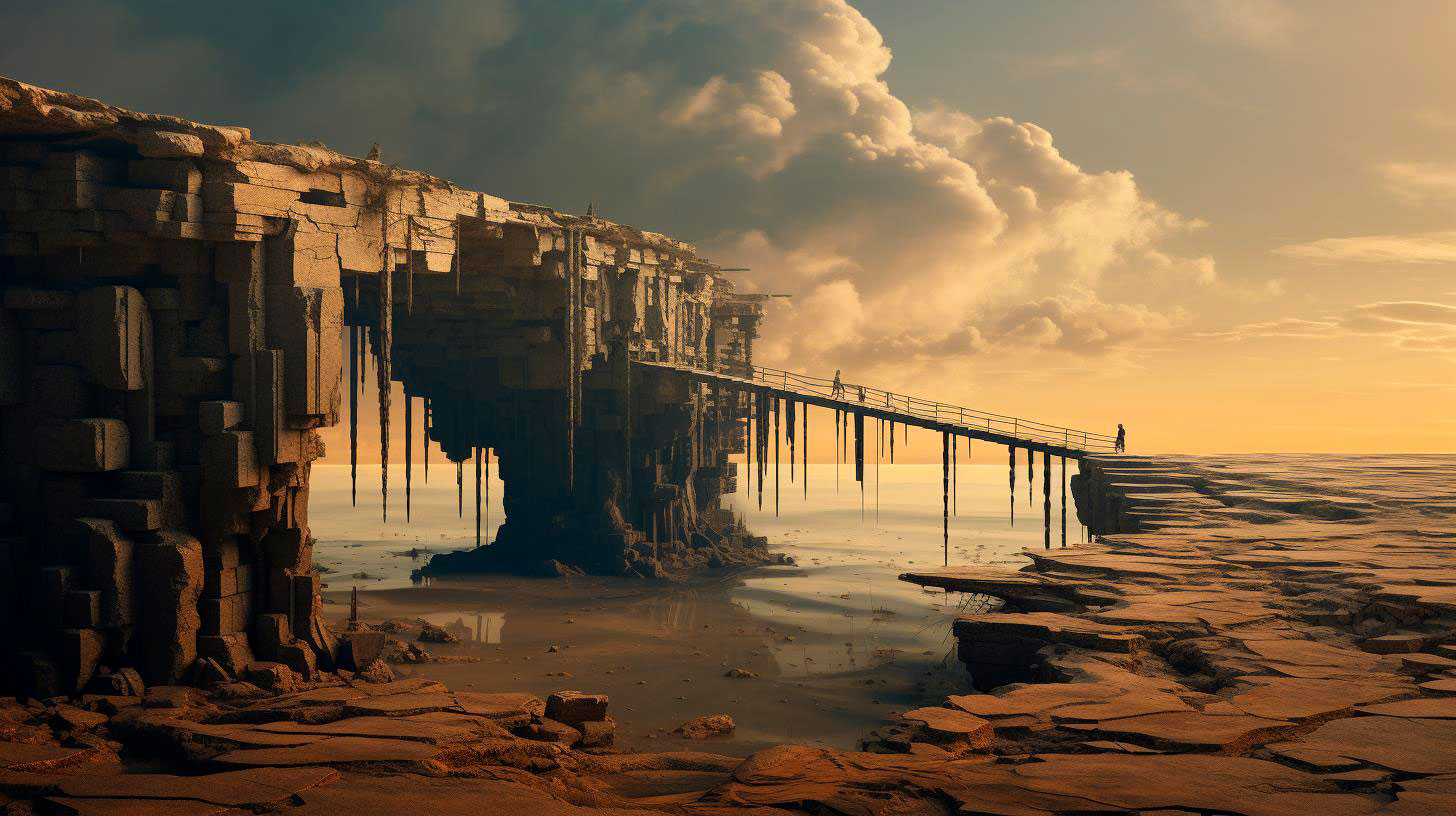


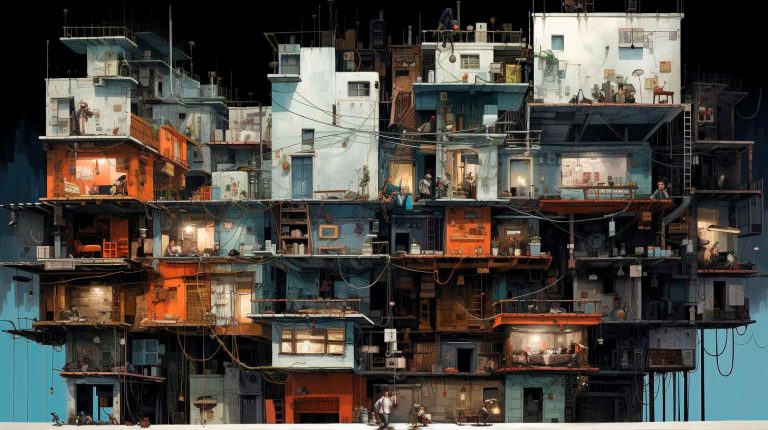
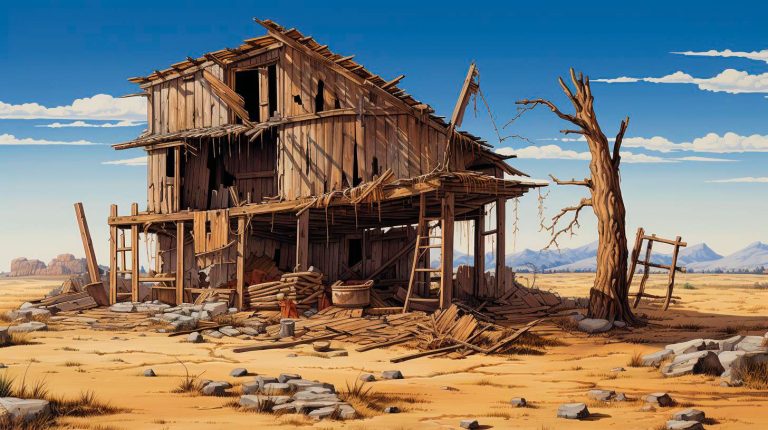

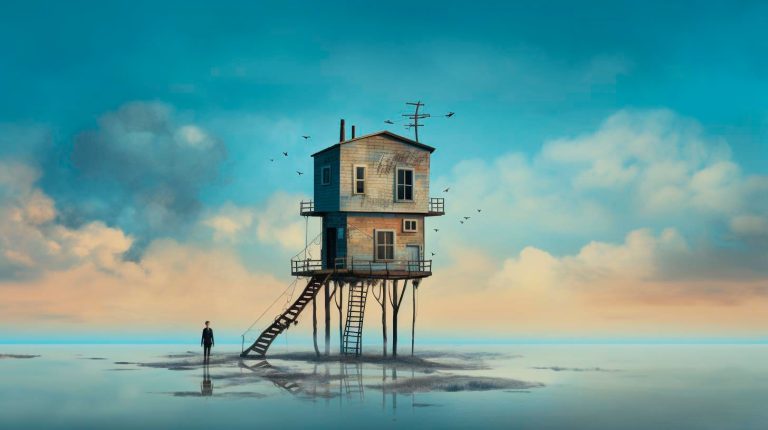


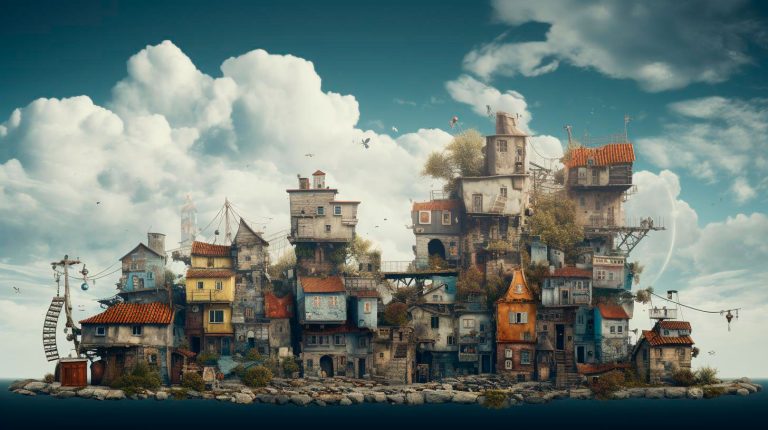
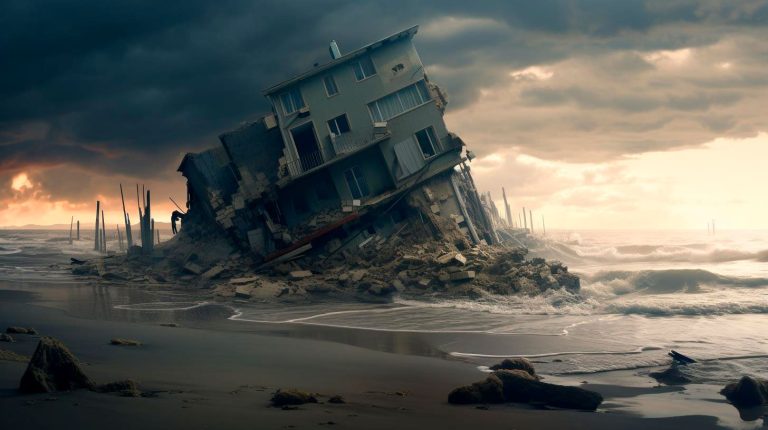
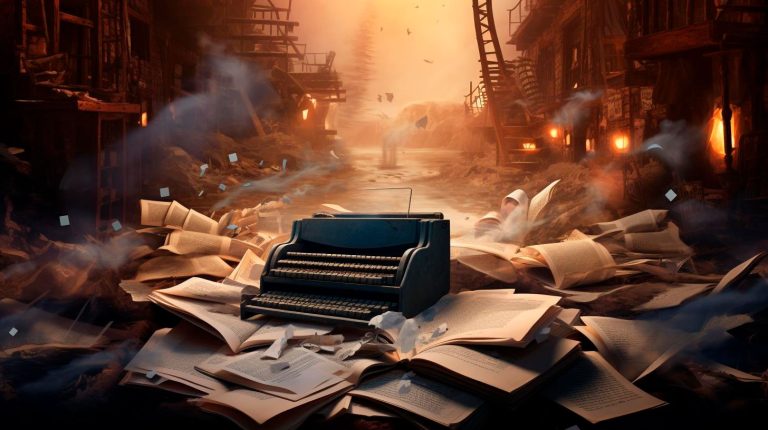







+ There are no comments
Add yours